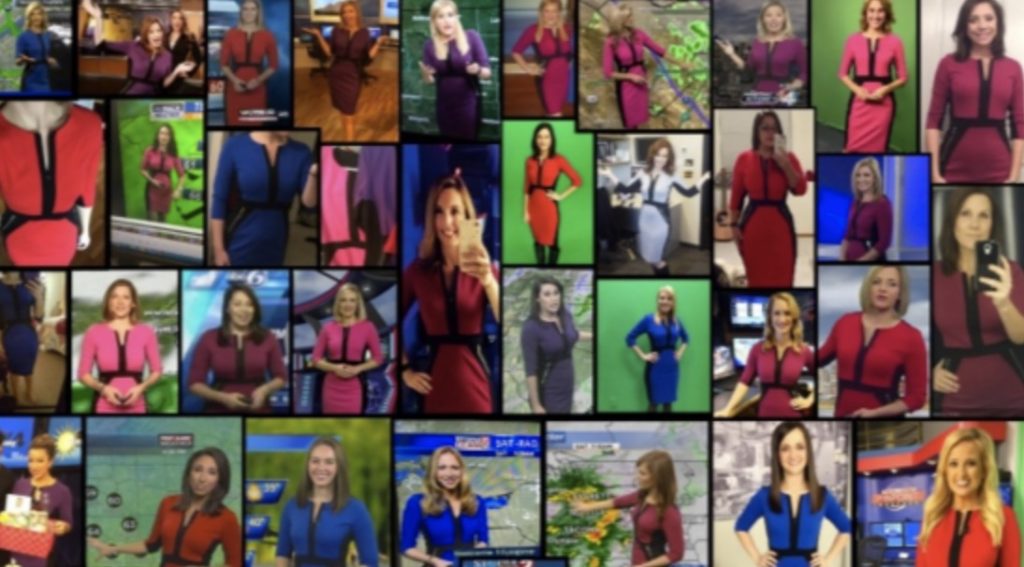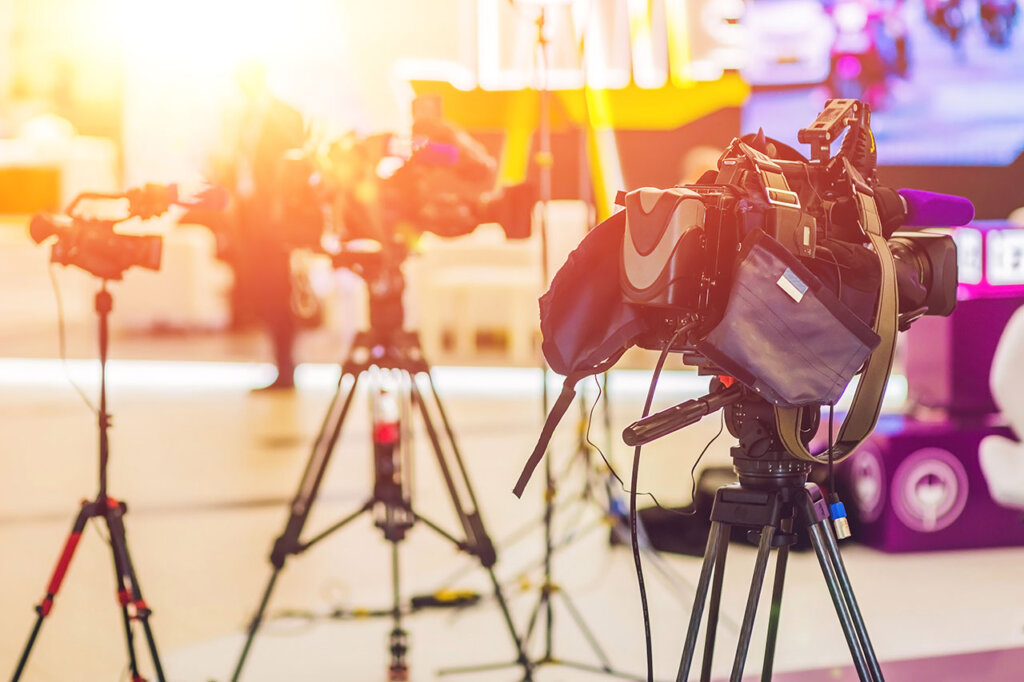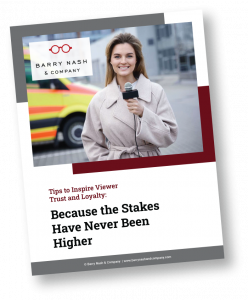It’s still not unusual for clients to ask us, “Shouldn’t viewers be more focused on what I have to say than how I look? If my content is significant, why does my appearance matter?”

We understand the frustration. Most of the anchors and reporters we work with did not pursue a career in journalism to spend lots time and energy focused on personal style and color choices. But, those choices have a significant impact on the viewers’ ability to focus and concentrate on you, as well as what they think about you as a person and how well you do your job.
Because the brain processes what it sees so quickly, you generally cannot separate what you do from how you look doing it. Human beings are hard-wired to subconsciously make quick and lasting judgements based on what they see. This means that any judgement of you and perception of the quality of your work begins with your appearance. It is, literally, your first line of appeal for viewer attention and approval.
Making Peace with the Medium
Even acknowledging the importance of appearance, there can still be frustration with the guidelines we recommend to people – no busy patterns, only solid colors, don’t wear these certain colors, try not to show a lot of skin, limited or no accessories, etc. “I get a ton of compliments when I wear this outside of work. I don’t understand why I can’t wear it on television,” is a common statement.
The reality is, even with dramatic advancements in picture quality, the most advanced cameras still have limited capabilities. The images they capture become distorted and appear differently on television than they do in person. Good guidelines exist for the purpose of minimizing any visual distractions that might limit the viewer’s ability to fully focus on the information being delivered.
Color Restrictions
Our eyes, specifically our optic nerves, are much more adept at exposure than even the most advanced of camera lenses. Cameras have sensors that pick up on the predominate colors found in a shot and use them to create a baseline, or middle value, with which to judge how to expose every other color. Because of this, the darkness or brightness of what you have on isn’t determined by how you see it, but by the exposure settings on the cameras shooting you. So, that hot pink dress or tie that looks fun and cheerful in the bathroom mirror ends up screaming at viewers during their morning coffee and becomes the only thing they remember from that morning’s newscast. Or that dark burgundy sweater that paired well with black pants reads as all black to viewers, making them wonder if you’ve just come from a funeral.

Notice how in the photo collage above, even the dresses that are the same color can look different in each individual photo.
No Patterns Please
Small, intricate patterns, such as herringbone, houndstooth or pinstripes are no problem for the naked eye to discern but again, the sensors on a camera are not as sophisticated as the optic nerve. These prints interfere with those sensors’ processing abilities and the result is what’s called a Moire Pattern. In the image on-screen, the small details in the pattern begin to overlap each other and, for the viewer, it appears that the article of clothing is waving or swimming. That movement can fatigue the eyes and is a quick way to solicit a fast channel change.
You can see an example here.
Minimal Reflection

Accessories and clothing items that have any kind of shiny finish –gemstones, polished metals, glass, sequins, etc. — will generate a reflection when exposed to light. When hit by direct sunlight or professional studio lights, which can be incredibly bright and powerful, that reflection can become extremely intense – and very tiring to the eyes. If you are moving and gesturing as aggressively as you generally should be, the distraction can magnify and significantly diminish the resonance of your story. The glare flashes in and out of view as you move,
increasing the possibility that viewers will remember more about how you sparkled and less about what you had to say, if anything at all.
When viewers are freed from visual distractions and able to put their full focus and attention on you they begin to make immediate judgements about the type of person you appear to be. Their feelings about your trustworthiness and intelligence level can be determined solely on what they see in the first few seconds of viewing you and how a viewer feels about you will be a defining factor is whether or not they continue to tune in from day to day. Knowing how your appearance effects the psychological response of the people watching you is key to being sure that response is a lasting and positive one.










